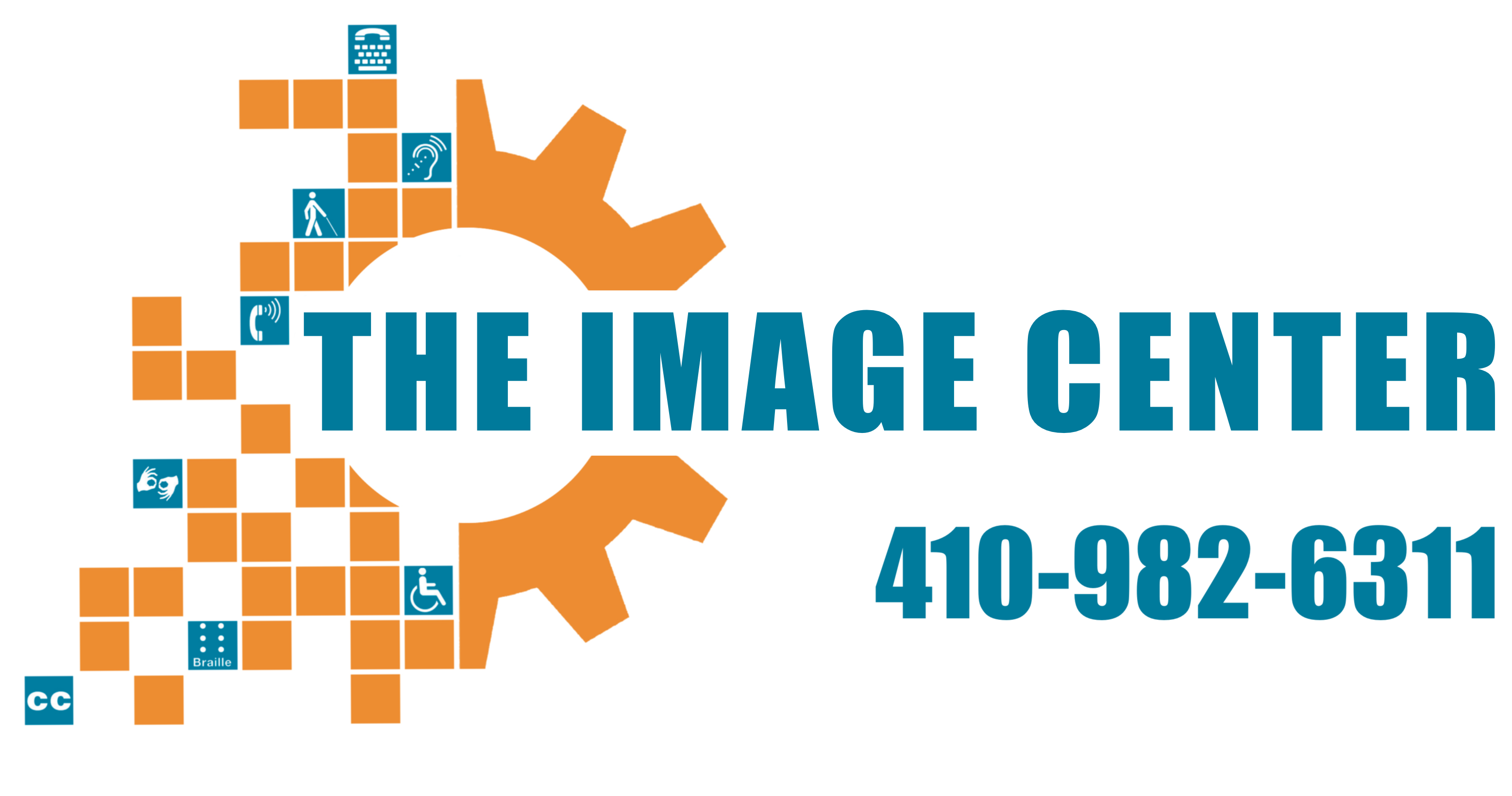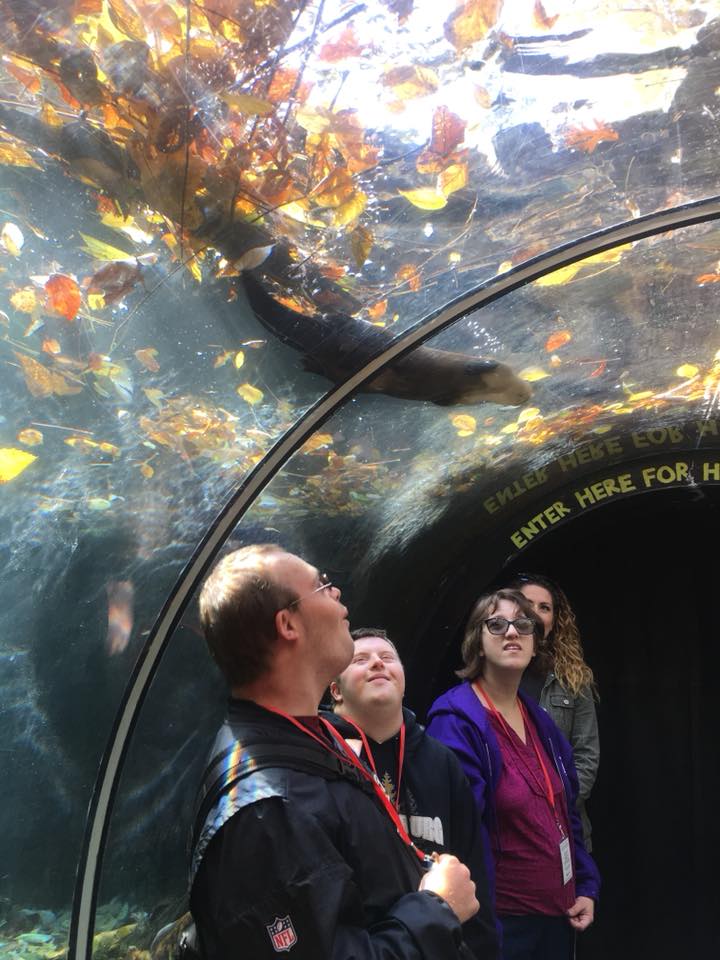The following article was submitted for publication to the Baltimore Sun on December 29th, 2015. It’s difficult to say, in under 750 words, anything that has nuance or depth, but, I did feel as though we should try to alert our Baltimore Community that this very unique project is seeking funding and the challenges we […]
Categories

